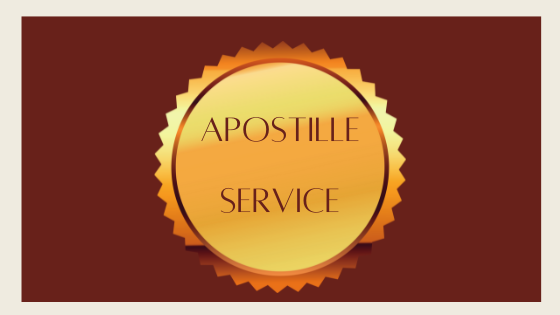The Texas Department of State Health Services is a public agency that provides vital records and health information to the citizens of Texas. The agency is responsible for maintaining birth records, death records and marriage licenses in Texas. The agency provides all these services online so that you can access them from anywhere and at any time.
To apply for a birth certificate, you must first complete an application form. You can find one on the Texas Department of State Health Services website or at any local office.
Once you have completed the application, you can mail it to the agency or hand deliver it. You can also submit an online application using a credit card.

Once you have submitted your application, the Texas Department of State Health Services will process it. They will send you an email or letter confirming that your application has been received and is being processed. You may also be contacted by phone if they need more information from you.
The Texas Department of State Health Services will review your application and make sure that it is complete. If any information is missing or incorrect, they will contact you to let you know what needs to be changed. Once your application has been processed, they will send it to one of their offices.
Private Companies for Birth Certificates in Texas Are Another Option
You may also submit your birth certificate Texas application through a private company. This is probably the easiest way to get your document because it saves you the trouble of going through the state government. There are many companies that offer this service, so you should be able to find one easily by doing some research online.
In Conclusion
There are many ways to get your Texas birth certificate. You can apply for it at the state government, or you can use a private company to do this task for you. Both methods have their advantages and disadvantages so choose what works best for your situation.








